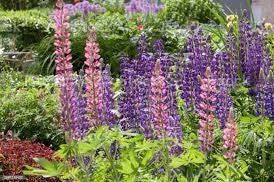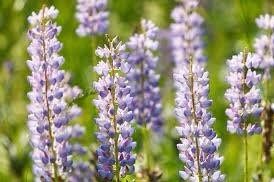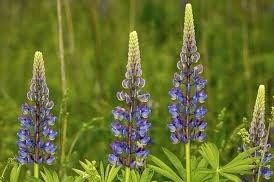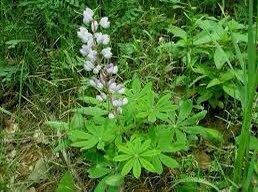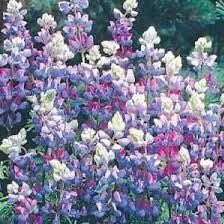1
/
of
10
Your Plant Bitch
Lupine Perennis Seeds ~ Wild Lupine ~ Heirloom Seeds
Lupine Perennis Seeds ~ Wild Lupine ~ Heirloom Seeds
Regular price
$5.99 USD
Regular price
Sale price
$5.99 USD
Unit price
/
per
Shipping calculated at checkout.
Couldn't load pickup availability
What fun will be had!!! Plant her, feed her and then watch her grow-right in front of your eyes! Great gifts for everyone! Science experiments, home-school projects and great for party favor gift bags too! Please message me, if the amount needed is not available.
Wild Lupine blooms profusely in spikes with pea-like blue & purple flowers. Palm-shaped leaves surround the plant as an added attraction, making it a popular choice for gardens or restorations with dry, sandy soils. Lupine requires well-drained soils but will adapt to most dry soil types; sand. loam, and gravel. You can find lupine in oak savannas, sand prairies, and pine barrens plant communities. Lupine foliage can look a little worn by the end of summer, so plan for late summer and fall bloomers nearby in the garden.
This legume is a host plant of the Karner Blue butterfly, a federally-endangered species native to the Great Lakes region. After Wild Lupine emerges in spring, the first brood of the Karner Blue Butterfly will hatch from eggs laid the previous summer and feed on the new leaves for 3-4 weeks. Once the caterpillars pupate and emerge as butterflies, they only live for a week or two. During this time, they will mate, and lay eggs of the second and final brood of the season. The second brood will hatch in summer, and lay eggs that will lay dormant through the winter and hatch the following spring.
~Includes ~
~ Seeds, Quantity ranging from 1-5 (your choice).
~ Grow and Care Instructions, for your new babies!!!
💕Custom Orders are always welcomed, please message me!
Please check out the rest of my Shop: https://yourplantbitch.etsy.com
Wild Lupine blooms profusely in spikes with pea-like blue & purple flowers. Palm-shaped leaves surround the plant as an added attraction, making it a popular choice for gardens or restorations with dry, sandy soils. Lupine requires well-drained soils but will adapt to most dry soil types; sand. loam, and gravel. You can find lupine in oak savannas, sand prairies, and pine barrens plant communities. Lupine foliage can look a little worn by the end of summer, so plan for late summer and fall bloomers nearby in the garden.
This legume is a host plant of the Karner Blue butterfly, a federally-endangered species native to the Great Lakes region. After Wild Lupine emerges in spring, the first brood of the Karner Blue Butterfly will hatch from eggs laid the previous summer and feed on the new leaves for 3-4 weeks. Once the caterpillars pupate and emerge as butterflies, they only live for a week or two. During this time, they will mate, and lay eggs of the second and final brood of the season. The second brood will hatch in summer, and lay eggs that will lay dormant through the winter and hatch the following spring.
~Includes ~
~ Seeds, Quantity ranging from 1-5 (your choice).
~ Grow and Care Instructions, for your new babies!!!
💕Custom Orders are always welcomed, please message me!
Please check out the rest of my Shop: https://yourplantbitch.etsy.com
Share

